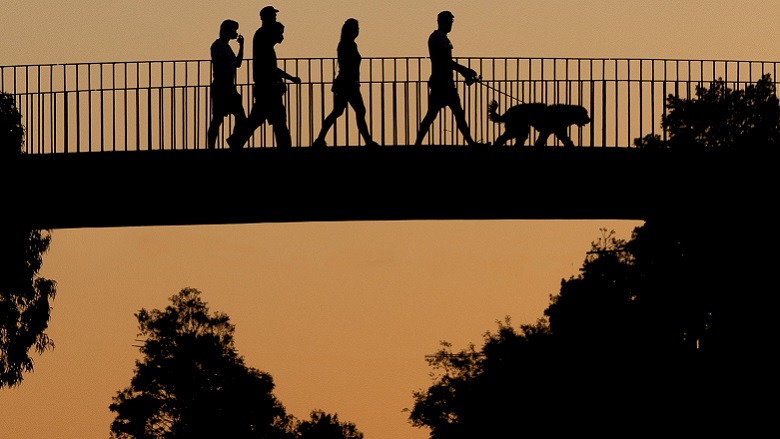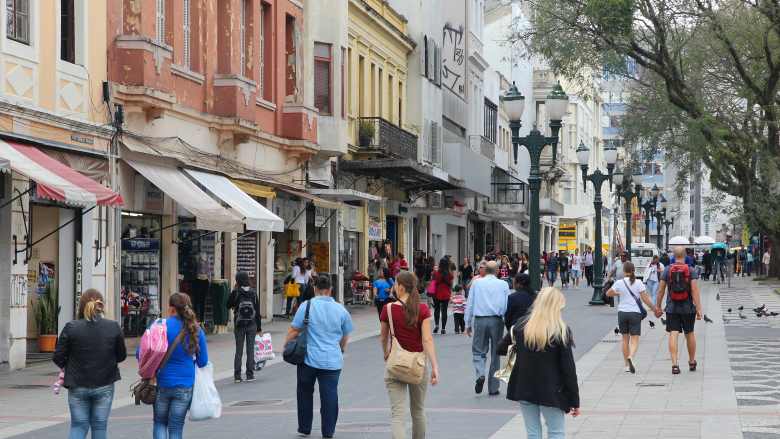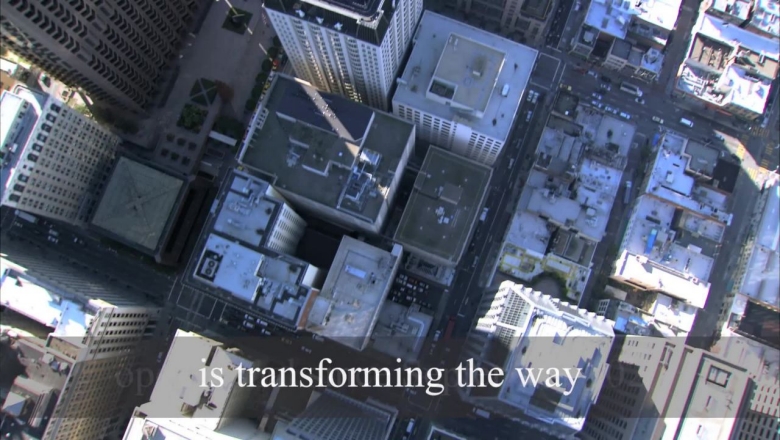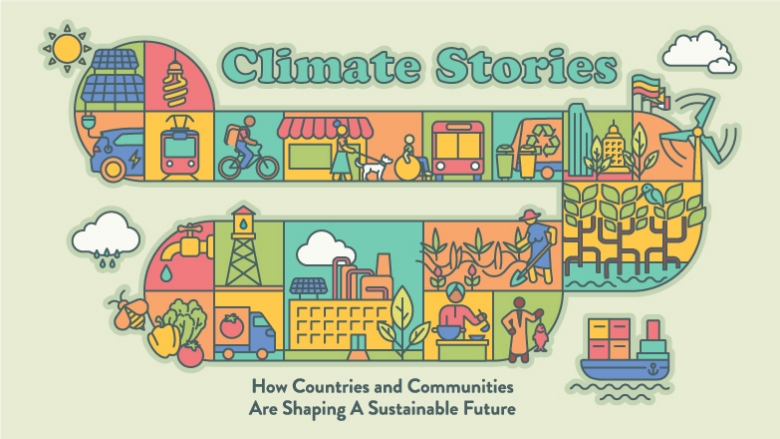From Accra to Ahmedabad, and Tirana to Tulum, cities are the powerhouses of economic and social opportunities, attracting millions of people each year. This migration, alongside the fact that extreme climate events like droughts and floods are also causing people to move to cities, is driving one of the biggest demographic trends of our age: 6 in 10 people will live in urban settings by 2030 - 7 in 10 by 2050. An estimated 90 percent of urbanization over the next few decades will happen in cities alone. Are they prepared to meet this challenge?
When planned for and managed well, urbanization contributes to economic growth and poverty alleviation, as well to sustainability and climate change mitigation, by helping curb emissions. Unplanned growth, however, results in a proliferation of slums, congestion, pollution, greenhouse gases, lack of affordable housing, poor access to sanitation and waste management, and vulnerability to natural hazards, which are exacerbated by climate change.
With cities on the cusp of major growth, they now have a once-in-a-lifetime opportunity to lead the charge on tackling the climate crisis, which UN Secretary General António Guterres called a code red for humanity.




